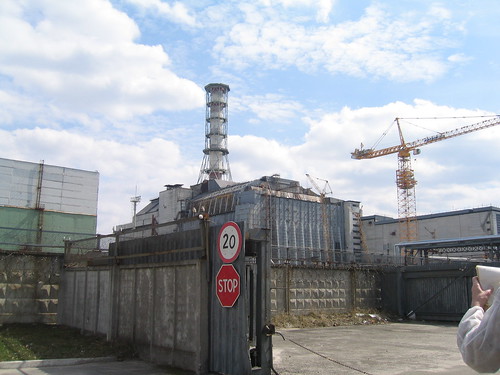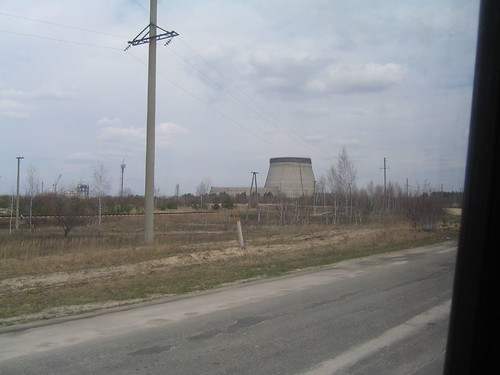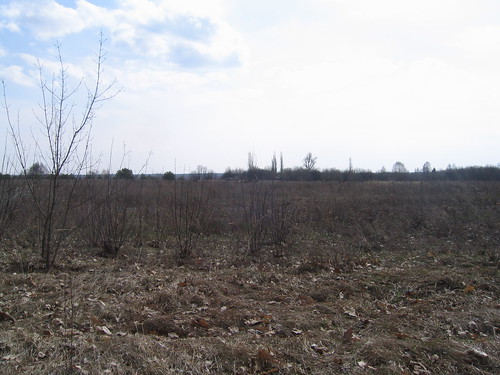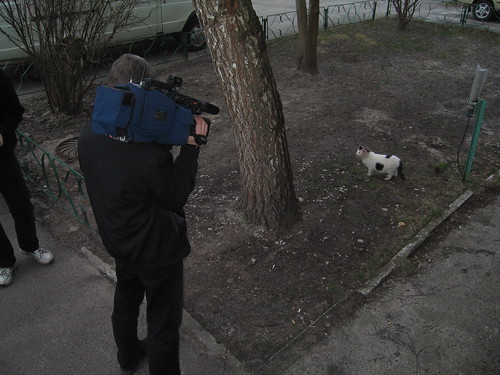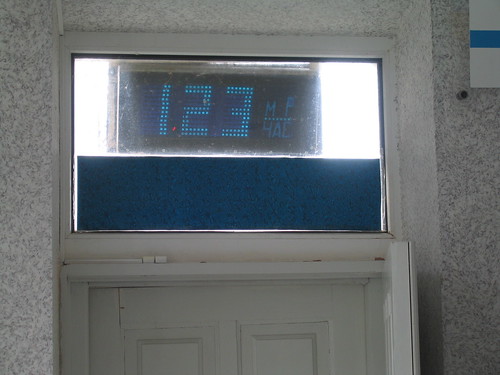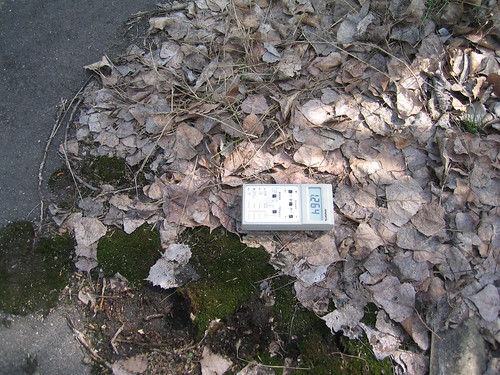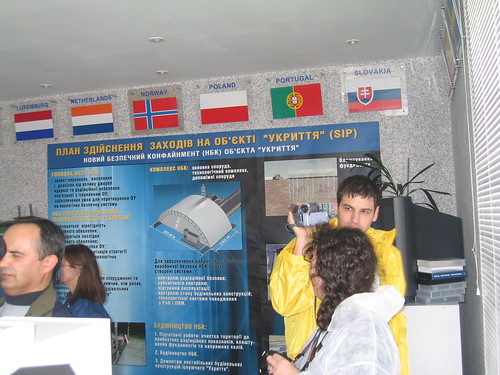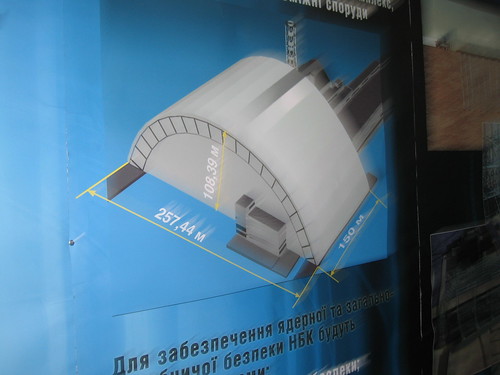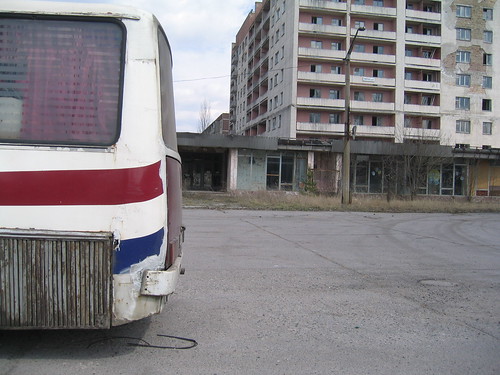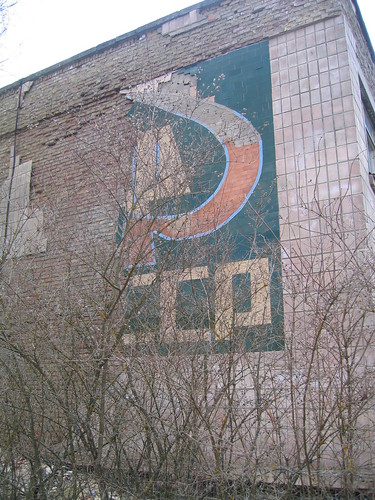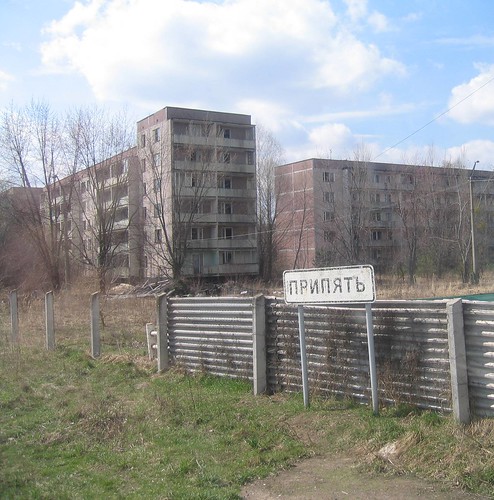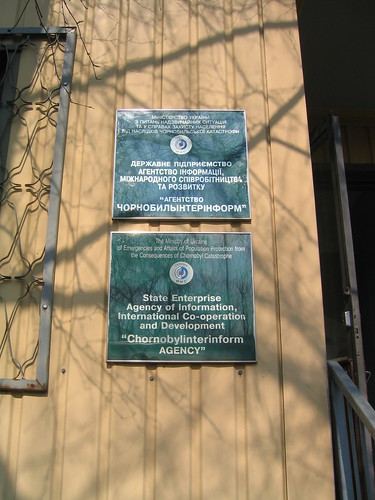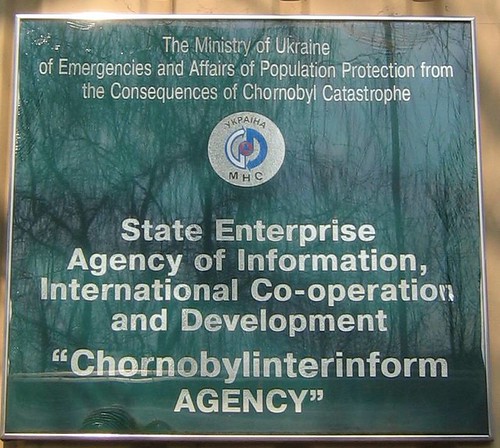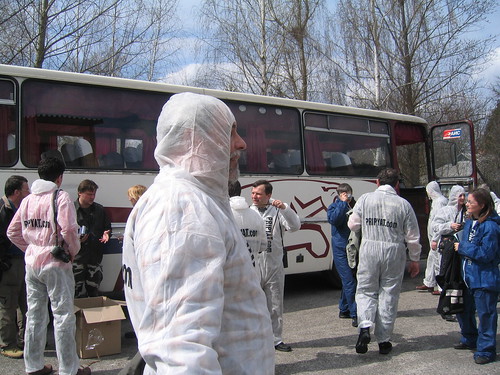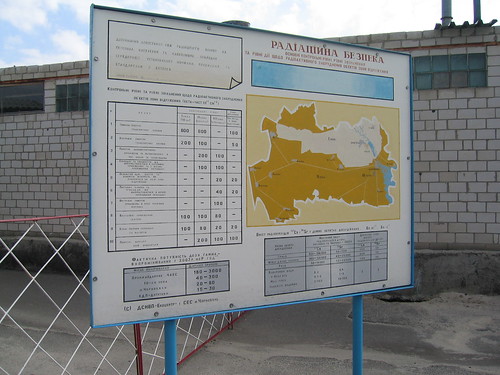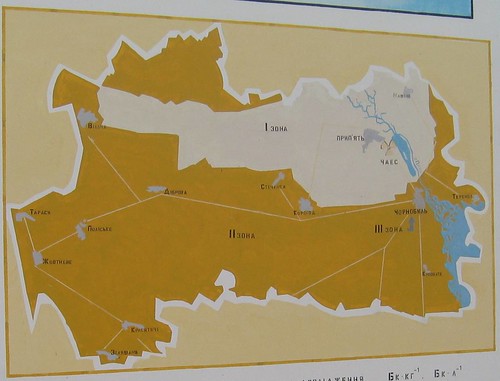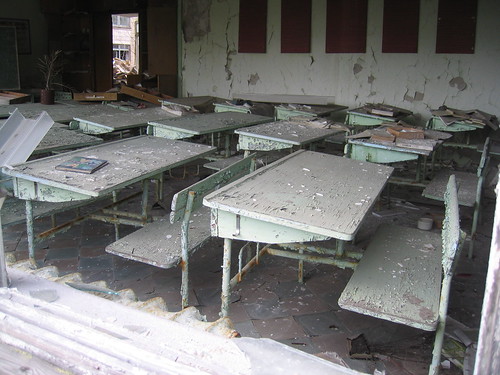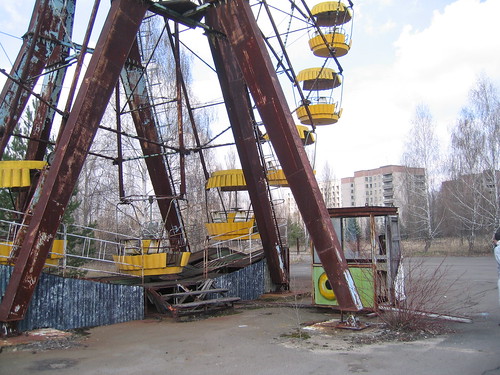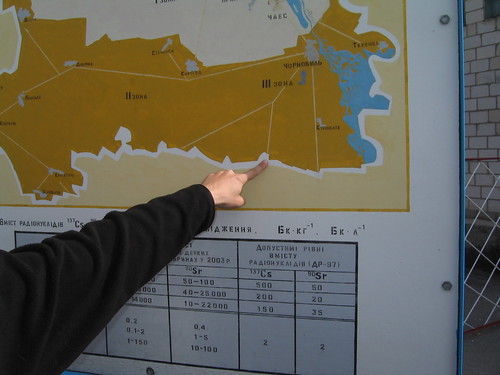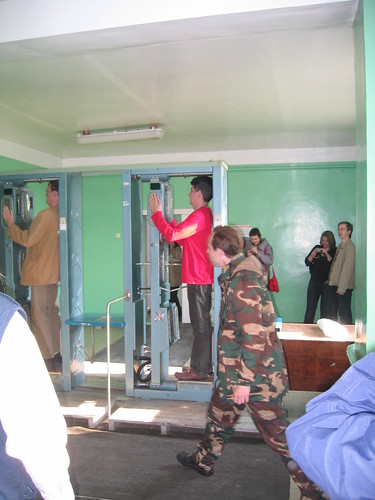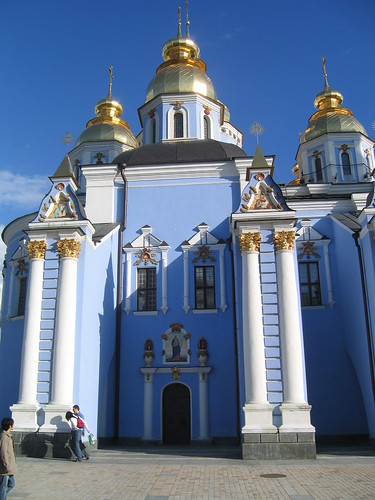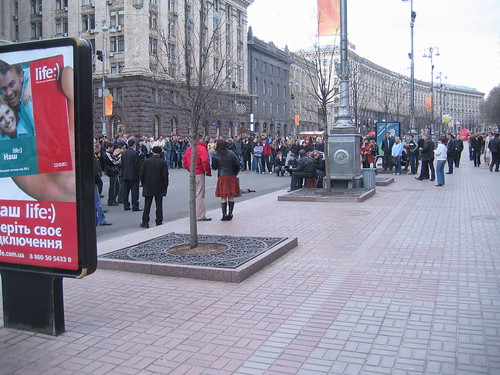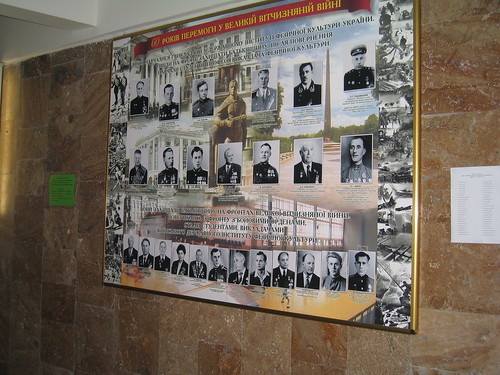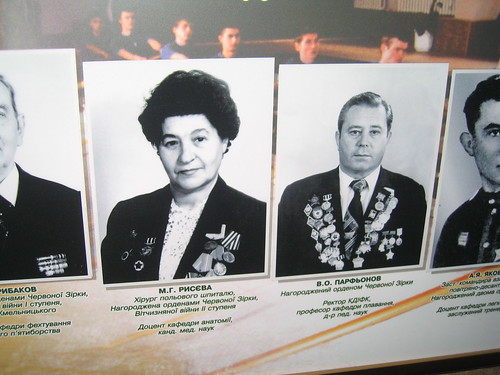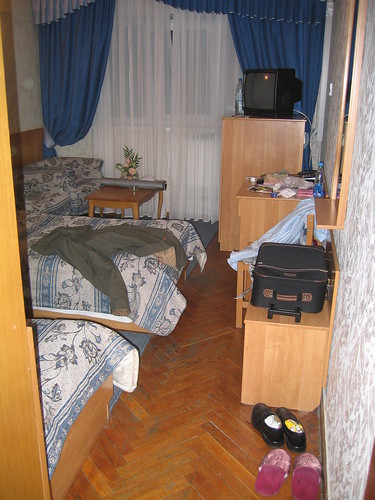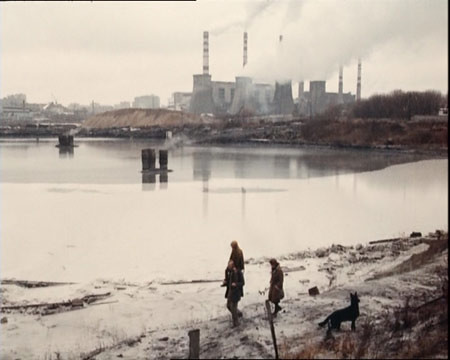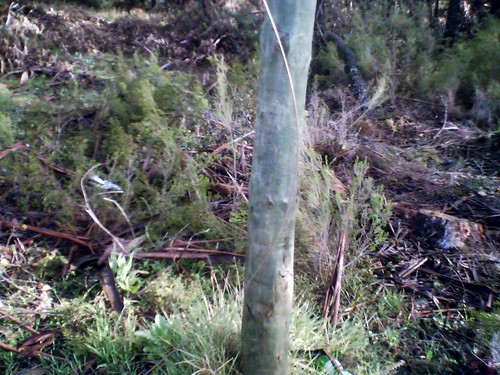The Golden Gates of Kiev
What reminds you the word "Kiev"?
If you are about my age, and are a rock fan, probably the first meaning that comes to your head comes from Emerson Lake and Palmer album "Pictures at an Exhibition" itself inspited in a Mussorgsky's piano suite.
Photo 1: "Pictures at an Exhibition" album cover
Photo 2: A (possibly inaccurate) reconstruction of the gate of Kiev
Photo 3: The nice (and depth) metro station of "Zoloti Vorota" (means: "golden gates") near the reconstruction.
http://en.wikipedia.org/wiki/Golden_Gate_%28Kiev%29
http://en.wikipedia.org/wiki/Pictures_at_an_Exhibition
UPDATE (Coordinates & Satellite Photos - added in 2006-May-31):
http://maps.google.com/maps?f=q&hl=en&q=50.448791,30.51334&ll=50.448791,30.51334&spn=0.001701,0.006738&t=k&om=1>
http://en.wikipedia.org/wiki/Pictures_at_an_Exhibition_%28album%29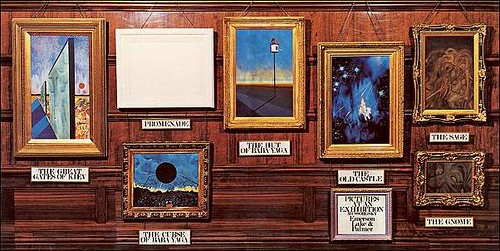
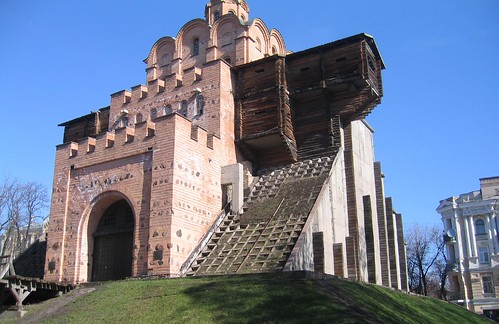
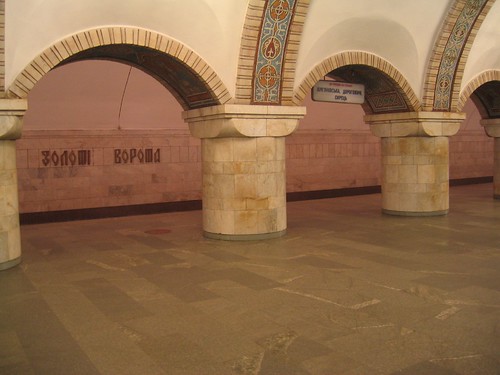
http://www.amazon.com/gp/product/B0000033P1/ref=pd_sim_m_4/102-1182921-5266521?%5Fencoding=UTF8&v=glance&n=5174
The Great Gates of Kiev
(Mussorgsky, Lake - in "Emerson Lake and Palmer" album "Pictures at an Exhibition")
-----------------------
Come forth, from love spire
Born in life's fire,
born in life's fire.
Come forth, from love's spire
In the burning, all are (of our) yearning,
for life to be.
And the pain will (must) be gain,
new life!
Stirring in, salty streams
and dark hidden seams
where the fossil sun gleams.
They were, sent from (to) the gates
Ride the tides of fate,
ride the tides of fate.
They were, sent from (to) the gates
In the burning all are (of our) yearning,
For life to be.
There's no end to my life,
no beginning to my death
Death is life.

